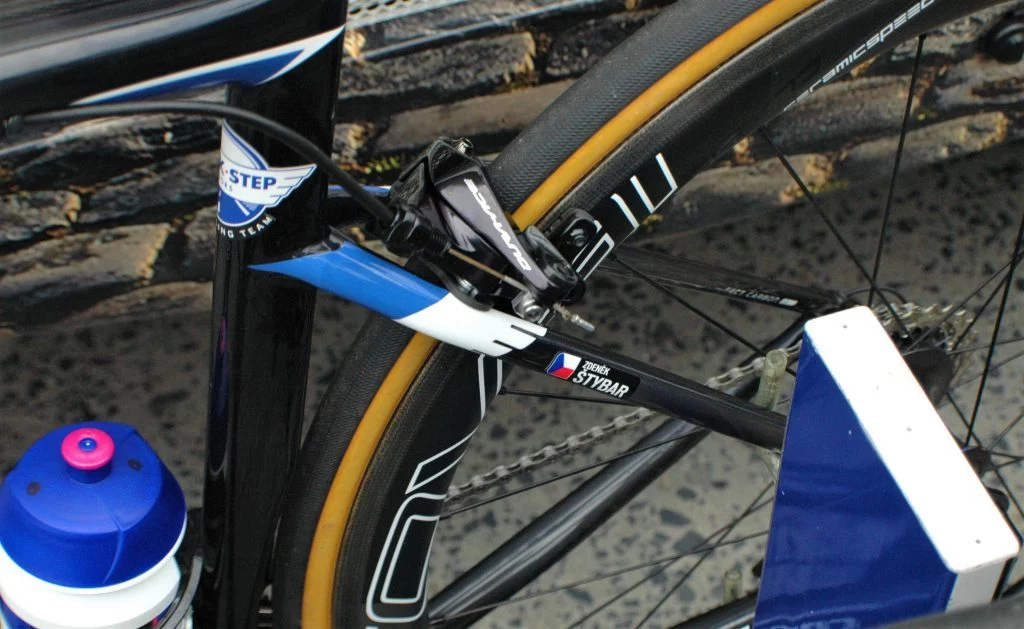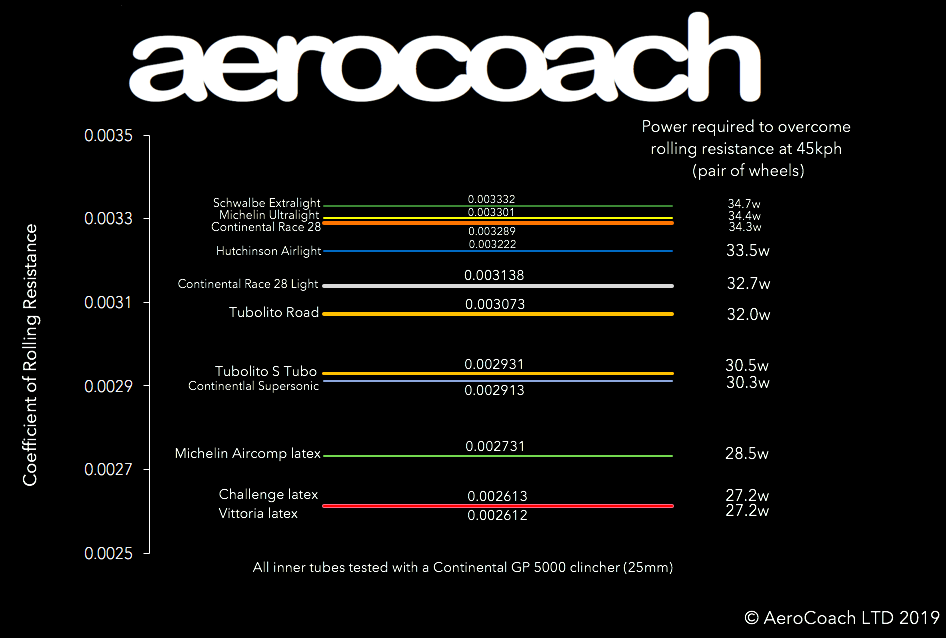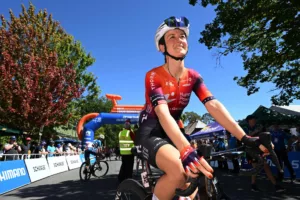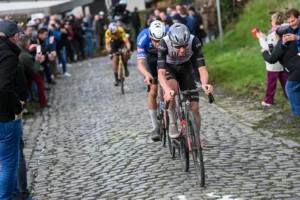Those first few weeks when you get a new bike or have it back after a service are glorious. The gears are sharp, the brakes work beautifully and everything is lovely and smooth. That feeling must correspond with your bike being the quickest it can be, nothing feels slow when it all just works!
Table of Contents
ToggleThen you start putting too much oil on the chain, it gets dirty and turns from silver to black. The wheels begin to make a crunching noise and then you have a horrendous squeal whilst braking for a junction. It happens disappointingly quickly but generally any noise that shouldn’t be there is wasted energy. There are some usual spots on the bike which start to slow you down before others. Once your senses feel something isn’t right, your riding suffers as it becomes all you can think about.
Here are some of the most common ways your bike begins to feel sluggish whilst riding.
Gear Housing and Cables
Gears can be an absolutely massive pain. If they’re not indexed right they can skip all over the place and make riding an uncertain experience. Each time the gears make phantom changes, it’s scarier and scarier. Alternatively when you click the shifter lever and nothing happens, that’s equally scary. Particularly when you want to sprint and you’re stuck spinning with a ridiculously quick cadence.
Indexing isn’t the world’s hardest job, although it can be with no bike stand. A few turns of the rear derailleur’s barrel adjuster and you can be all sorted again. Clicking up and down the gears until they shift nice and smoothly is a strangely cathartic experience when it goes well. The tougher fix is when your cables need replacing or the housing that they sit in.
In the modern age of internal gear cabling, if you take the cable out without thinking it can be nightmare to feed it back through. Pushing some cable liner on (if it’s not already in place) can act as a tunnel for the new cable to run through easily. From there it’s a relatively simple job to add housing, just remember that cutting too long a length of housing is better than the opposite. Too short and the bike might do weird things like start braking when you turn the handlebars!
Often, if you’ve been riding a while and not changed them over, it can be the drivetrain itself causing problems. It might be time to replace the chain and cassette. If you’re keeping the cassette size the same you can simply count out the chain links on your old chain and cut the new chain down to the same size. If you’re making any changes to chainring or cassette sizing, it’s time to remeasure the chain length. Park Tool have a video to show how to do this properly.

Bottom Bracket
When a bottom bracket starts to go you’ll often hear a regular tick sound as you hit the same dead spot on the bearings with the pedal stroke. Each time this happens, it’s a tiny bit of wasted energy as it meets the resistance of the once smooth bearings. If you keep riding through it, eventually you’ll get some side to side wobble at the cranks.
Usually this is around the time the tick has turned into a crunch or a grr and you can probably begin to feel the resistance properly. You should start to feel the wobble too! In worst cases, I’ve had a square taper bottom bracket work its way around the inside of the crank arm to the point where the square hole was almost an round one. Eventually the crank just fell off whilst out on a ride, luckily at the top of a hill so I could ride downhill back home. That was in my early days as a road cyclist!
Brakes
Rubbing brakes are the nemesis of the cyclist. Even worse are phantom brake rubs where you feel like you’re struggling more than usual and are desperate to find a reason. Hopping off the bike, you inspect the brakes only to find they’re absolutely fine! That normally means it probably just isn’t your day on the bike.
Badly working brakes also slow down your ride, somewhat counter-intuitively as they don’t brake as well! With little to no confidence in your brakes, you’ll find yourself having to reduce your speed much earlier. Coasting into corners gingerly from a distance instead of being able to give a quick dab of brakes to sort out your entry speed. It’s also something that can become dangerous, particularly with a high-speed descent on your route. Sometimes the gradient is so steep that you’ll struggle to come to a stop, even with the best brakes. Extending your braking distance with unmaintained brakes could be the difference between a safe stop and a crash.

Wheel Bearings
Bearings are quite easy to overlook until they start causing issues. The obvious sign is when there’s side to side play in the wheels whilst at a stop. If you can feel a rock when you give the wheel a little push, that’s the sign your bearings need replacing. That play in the wheel means they’re not spinning as well as they could do, slowing you down in the process. It can also affect cornering as the wheel will shift slightly under load.
There’s other ways wheel bearings let you know they’re wearing out. They’ll start spinning roughly, potentially grinding or seizing up. There’s an old mechanics tale about being able to spin a front wheel in a stand and being able to make a cup of tea before it stops spinning. A solid test of your bearings, especially if you need to make a cup of tea!
New bearings relatively inexpensive but fiddly to replace without the proper tools. It’s a dead easy job for a bike shop to do for you though and will save you accidentally buying the wrong size replacements.
Tyres and Tubes
Tyre choice makes a huge difference to your ride. Once again it’s a trade-off between speed and comfort. Comfort in this case being not having to get off and fix a puncture! The testing suggests that the Vittoria Corsa Speed is the quickest everyday road tyre around at the moment, but it’s not got much in the way of puncture protection.
I personally swear by the Schwalbe One in the Summer and the Schwalbe Durano tyres in the Winter.
Inner tubes also make a huge difference. Pair the best tyre with an everyday black butyl inner tube and you’ll be wasting some of the benefits! The testing suggests that Vittoria latex tubes in particular have the least rolling resistance. You can potentially save 3.5 watts a wheel by using them. They’re also more puncture resistant than regular tubes as the suppleness of the latex allows it to bend round bumps in the road more. Those snakebite impact punctures usually don’t happen on a latex tube. The only downside, is that they need pumping up more often, so maybe not the best option on a commuter bike!

Flappy Jersey
Imagine splashing out for an aero road bike, only to have kit that flaps around in the wind. All that hard-earned cash is being wasted by not having on the right kit! With the rider’s body making up around 80% of the total drag, all the aero gadgetry in the world can be undone by having an ill fitting jersey that flaps around the shoulders.
It doesn’t mean that you suddenly need to invest in the tight fitting race cut jerseys but there’s a decent compromise between a jersey that fits well and yet is comfortable. Finding this out will come down largely to experience. Some brands will just fit better than others, no matter how expensive they are or the amount of good reviews. When you find some that fit well, stick to them!





